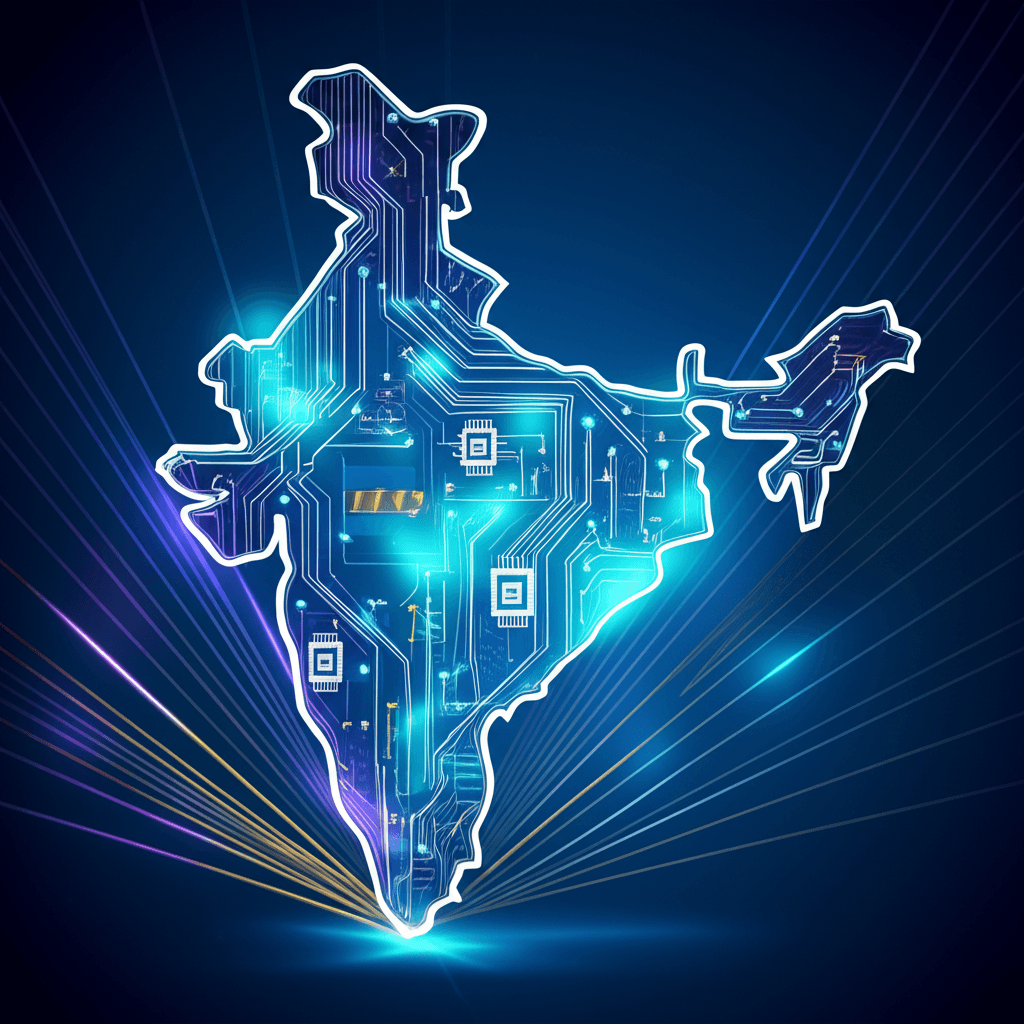Schneider Electric Invests €5.5B to Accelerate India's AI Development
Full ownership propels India into a strategic global hub for Schneider Electric's AI, digital, and manufacturing future.
July 30, 2025

In a decisive move to consolidate its presence in one of the world's fastest-growing economies, French industrial and energy management giant Schneider Electric has agreed to acquire the remaining 35% stake in its Indian joint venture, Schneider Electric India Private Limited (SEIPL), from Singapore's state-owned investment firm, Temasek.[1][2][3] The all-cash deal, valued at a substantial €5.5 billion (approximately $6.4 billion), will give Schneider Electric full ownership of the Indian entity, a move the company says will accelerate decision-making and solidify India's role as a critical hub in its global strategy.[1][2][4] This transaction marks the culmination of a partnership that began in 2018 and underscores the immense strategic value Schneider places on the Indian market, particularly in the burgeoning fields of digitalization, automation, and artificial intelligence.[2][5]
The journey to this full acquisition began in May 2018 when Schneider Electric and Temasek partnered to jointly acquire the electrical and automation (E&A) business of Indian conglomerate Larsen & Toubro (L&T) for Rs 14,000 crore (approximately $2.1 billion at the time).[2][6] This landmark deal combined L&T's well-established E&A business with Schneider Electric India's Low Voltage and Industrial Automation Products business, creating a formidable entity in the Indian market.[1][7] Under the initial agreement, Schneider held a 65% stake in the newly formed SEIPL, while Temasek held the remaining 35%.[8][9] The partnership was designed to leverage L&T's strong local brand and distribution network with Schneider's global technological expertise. Following the acquisition, Schneider adopted a "two brands, two sales" strategy, continuing to use the L&T brand, now rebranded as Lauritz Knudsen, for a period of five years to ensure market continuity.[10][4][11] The successful integration and subsequent growth of the joint venture have now paved the way for Schneider to take complete control, a logical next step in its strategic investment focus on India.[10][4]
By taking full ownership, Schneider Electric is betting big on India's future. The company has explicitly stated that India is its third-largest market globally, trailing only the United States and China, and is one of its four global hubs for research, development, and manufacturing.[2][10][12] This acquisition is expected to empower Schneider to more rapidly execute its strategy, which is deeply aligned with major Indian government initiatives like "Make in India" and "Digital India."[4][5] The company anticipates double-digit annual organic sales growth for SEIPL in the coming years and plans to expand its manufacturing capacity in India by 2.5 to 3 times.[1][3][4] This expansion is not just to serve the burgeoning domestic market, which boasts a projected GDP growth of over 6%, but also to leverage India as a critical supply chain and R&D platform for the Asia-Pacific region and other emerging markets.[1][4] The move eliminates the need for consensus with a minority partner, allowing for more agile and decisive capital allocation and strategic pivots in a rapidly evolving technological landscape.[1][3]
The implications of this deal extend deep into the artificial intelligence and industrial automation sectors. Schneider Electric has been increasingly positioning itself as a leader in the digital transformation of energy management and automation, with AI and IoT-enabled solutions at the core of its offerings.[13][14] The company's EcoStruxure platform, an open, interoperable, IoT-enabled architecture, is designed to drive innovation across buildings, data centers, infrastructure, and industries.[13] With full control of its Indian operations, Schneider can more effectively deploy these AI-driven solutions to tackle challenges like grid stability, energy efficiency, and demand-side management as India targets the integration of 500 GW of renewable energy by 2030.[15] The company is already using AI for "peak shaving" to reduce electricity consumption during high-demand periods and in its "self-healing" supply chain platform to optimize performance in real-time.[13][15] India, with its vast pool of digital and R&D talent, serves as a crucial hub for developing these AI applications not just for the local market but for global deployment.[16] Recently, Schneider also launched an Industrial Copilot in partnership with Microsoft, an AI-powered assistant designed to streamline tasks in its industrial automation software, which will be rolled out in India.[17]
In conclusion, Schneider Electric's €5.5 billion buyout of Temasek's stake is more than a financial transaction; it is a profound strategic statement. It signals unwavering confidence in India's economic trajectory and its central role in the future of industrial technology.[5] By consolidating its ownership, Schneider is equipping itself with the operational agility needed to capitalize on the immense opportunities presented by India's digitalization and electrification boom.[4] For the AI industry, this move signifies a deepening commitment from a global leader to innovate and deploy artificial intelligence solutions at scale within the Indian ecosystem, potentially accelerating the adoption of smart technologies across various sectors. As Schneider aims to triple its capacity and push for double-digit growth, its Indian operations, now fully under its control, are set to become an even more integral engine for its global ambitions in energy management and automation.[3][5]
Sources
[5]
[6]
[7]
[10]
[12]
[13]
[14]
[15]
[16]
[17]